In this third and final part, Stanley Pranin remembers Morihiro Saito’s last demonstrations, their joint effort to preserve Morihei Ueshiba’s Iwama aikido, a chance meeting with Koichi Tohei, and looks towards the future with Saito Sensei’s son, Hitohiro. You may read the first part of the tribute here and the second part here.
Friendship Demonstrations
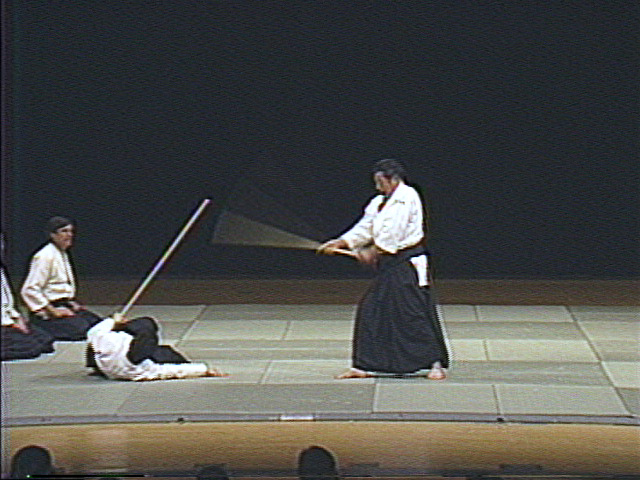
During these years of extensive contact with Saito Sensei even with all the foreign travel, we had his collaboration and support for yet another Aiki News undertaking in Japan. This was a series of events that took place from 1985 to 1988 called the Aiki News Friendship Demonstrations. Each year’s demonstration had a separate theme and different participants. Among those who participated were many famous teachers from various styles of aikido and from the kobudo world. Sensei of course knew some of the teachers, but he also had an opportunity to meet and interact with several of the participants for the first time.
As my personal teacher, Saito Sensei was the sole teacher we invited each year and he gave wonderful demonstrations. I remember in particular a series of techniques from the 1985 demonstration where Sensei threw one of his students flying in a seemingly casual way that left the audience agape. I imagine that the audience must have reacted in a similar way at his performance back in the 1964, the one I first saw in the 8mm movie.
A two-year blank
In the summer of 1989, Saito Sensei became upset at me for what later turned out to be a complete misunderstanding. At that time, Sensei was rather fidgety because he had been informed that the Ueshiba family intended to sell off the land in Iwama where the dojo and O-Sensei’s home stood. Not knowing what the future held in store or whether he would have a place to teach, he set about raising funds and eventually constructed a new dojo on his property not far from the old dojo.
Sensei would always rib me for being a slow eater. In fact, he called me “the slowest eater in the world.” He would joke repeatedly how by the time everyone had finished their meal and was ready for dessert I was still on the first course! He and the other diners would wait impatiently for me to finish while poking fun at me for being so slow thus causing me further embarrassment. Finally, one day I evened the score. I said, “Okay, everyone, I don’t want to keep you waiting for me to finish so I’ll stop interpreting and let you talk among yourselves.” Needless to say, with the interpreter on strike, the dinner conversation dwindled almost to nothing.
The upshot of this incident was that I did not see or talk with Sensei for nearly two years. The ice was finally broken in 1991 due to some behind-the-scenes activity to get us back together. When we finally met for an interview after the long hiatus in the new dojo, it was almost as though nothing had happened. Our collaboration had been very productive over the years and we soon picked up things where we had left off.
Takemusu Aikido technical series

In 1993, after consultation with the Aiki News staff, we decided to propose to Saito Sensei a major project that would hopefully produce the definitive technical work on Iwama Aikido. The idea in a nutshell was to photograph and describe the vast technical repertoire known only to Sensei and to publish this material in a series of technical manuals. Saito Sensei’s earlier Traditional Aikido books were certainly landmark works, but I thought we could do even a better job.
This series too would be in bilingual, Japanese-English format and would include background material to provide better context as to the genesis of Iwama Aikido. It would moreover cover the weapons techniques that Sensei had devised over the years that were not covered in his books from the 1970s.
A personal concern of mine was that this project would require several years to complete and, since Sensei had slowed down a bit in recent years, I wanted to move forward as soon as possible while he was still in good health.
Sensei gave the provisional go-ahead to the idea, but was concerned about duplicating the techniques already published in his Traditional Aikido series. I personally didn’t think that this was a major issue because, by this point in time, those books were hard to obtain and subsequent reprintings did not reproduce the photos very well. Also, the translations I felt left something to be desired.
In any event, we rented the Taito Riverside Sports Center Dojo in Asakusa and shot several hundred photos of Saito Sensei and his son, Hitohiro Sensei. I also took several rolls of color film with a large-format camera which were later used as cover photos for the new books. If memory serves, there was another photo shoot in Asakusa and two more in Iwama, the final one taking place around 1999. In the last two sessions, Saito Sensei had Hitohiro Sensei perform most of the techniques since he still had not fully recovered from recent surgery.

The technical explanations were produced based on meetings with Sensei in Iwama. We had the sequential photos for each technique laid out so that Sensei could refer to them. He would invariably stand up and pantomime each technique giving an explanation of the roles of uke and nage for each photo. You could see his computer-of-a-mind hard at work. He visualized each technique breaking it down into its component parts and strained to find just the right turn of phrase to convey the key points. These sessions were tape-recorded and edited by the Aiki News staff and then sent back to Sensei for corrections.
A total of six volumes were published from 1994-2001 under the title of Takemusu Aikido. They cover the Iwama basics in great detail and present much material of intermediate and advanced levels. Volume one contains many variations of ikkyo through yonkyo techniques and also a rather long historical introduction I wrote on Sensei and Iwama Aikido. Volumes two and three complete the basics while volume four is an exhaustive treatment of kokyunage techniques. Volume five covers tachidori and ninindori techniques.
The sixth volume called Takemusu Aikido, Special Edition presents all of the 50 techniques from the 1938 manual Budo and serves as a companion to the videotape we shot in Italy in 1988 covering the same material. This book was an idea near and dear to my heart that Sensei also liked very much. Not only did it present an opportunity to call attention to this important historical book—the only one in which the founder appears demonstrating techniques—but it also provides incontrovertible proof of the close technical relationship between O-Sensei’s teachings and Saito Sensei’s aikido.
The Takemusu Aikido series is truly a valuable reference. Not only is a great deal of the Iwama technical curriculum documented, but also a good part of the teachings of O-Sensei from the immediate postwar period are preserved. This is the point in time generally considered to coincide with the birth of modern aikido.
Sensei is feted
On March 8, 1992, a large celebration was held in an Iwama hotel on the occasion of Saito Sensei’s promotion to 9th dan. Many dignitaries of the aikido world including Second Doshu Kisshomaru Ueshiba and his son, the present Doshu, Moriteru Ueshiba were in attendance. I snapped many photos at that celebration when Sensei received much deserved recognition for his contributions to the art.
Several years later on May 4, 1996, Sensei was honored once again, this time for his 50 years of involvement in aikido. A stretch-limousine pulled up in front of the Aiki Shrine to take him and his wife to the hotel just before the ceremony. They were both dressed in formal kimono and I thought this was a grand photo-op. Although they were in a hurry, he and his wife posed for several photos in front of the Shrine and I think they are among the best shots of Sensei ever taken!
The then Dojo-cho Moriteru Sensei attended this ceremony representing the Aikikai to congratulate Saito Sensei. Hiroshi Isoyama Sensei gave the toast on that occasion and referred to Sensei as “a modern Miyamoto Musashi.” With his wife standing at his side, Sensei gave a memorable speech that was both touching and humorous. Here is an excerpt:
One day, Ueshiba Sensei said to me, “Saito, get yourself a wife.” Fortunately, through some twist of fate, I ended up meeting my wife, Sata. I say fortunately because I wasn’t exactly a good catch as a husband, and I can’t think why anyone would want to marry her either. Once we had settled on one another, Sensei said, “You can have the wedding in my house,” which we did. Soon afterward, however he said, “You’re in charge of the place now,” and promptly left on a trip to the Kansai region. Well, I didn’t know what to do, so the next day I chased after him, following him all around Kansai asking him to come back. Because of that we never did get to go on a honeymoon!
In his speech on that occasion he made various mentions of his days training with and serving O-Sensei in Iwama. Those were clearly wonderful years, but at the same time a period full of hardships as the founder and his wife were demanding in many ways. I had heard Sensei and his wife speak in private about various matters so some of his references were obvious to me and others who knew him well.
Sensei reads my editorial in class
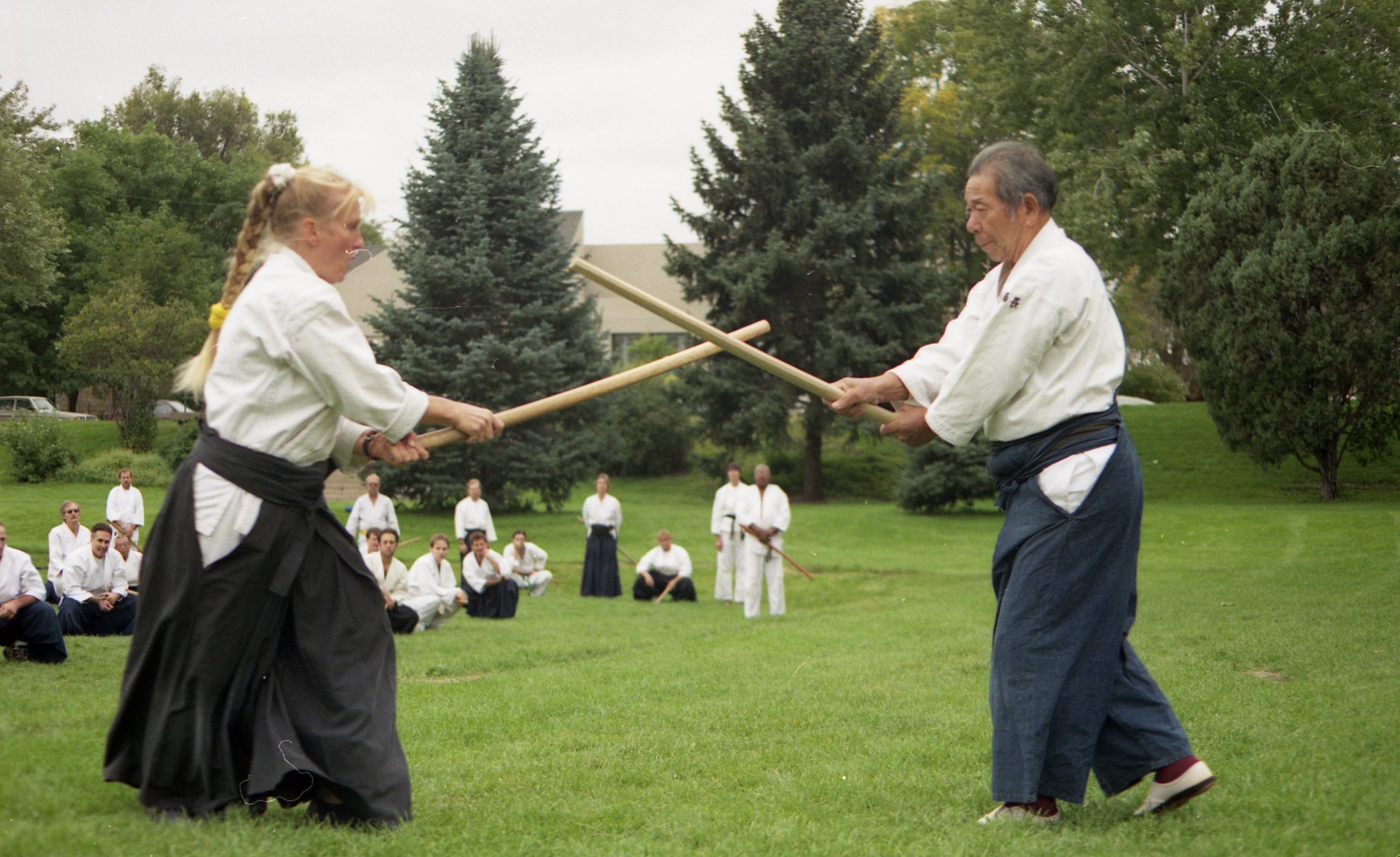
at 1997 Denver, Colorado seminar
Saito Sensei was very supportive of my work with Aiki News over the years. He was quite tolerant of my associations with a broad spectrum of teachers from the aikido and Daito-ryu worlds. I think that this was possible for him psychologically because he had a great deal of confidence in his own abilities and was very focused on his mission of preserving and disseminating O-Sensei’s aikido.
In 1996, I wrote an editorial titled “Is O-Sensei Really the Founder of Modern Aikido.” The basic premise of the article was that it was actually O-Sensei’s son, Kisshomaru, and certain key students such as Koichi Tohei, Gozo Shioda, and a few others who were responsible for the postwar spread of the art. A corollary of my thesis was that, due to an accident of history and his exceptional talents, Saito Sensei was the person who spent the longest period learning directly under the founder and that he was in a unique position to preserve O-Sensei’s teachings, at least in a technical sense.
The technical explanations were produced based on meetings with Sensei in Iwama. We had the sequential photos for each technique laid out so that Sensei could refer to them. He would invariably stand up and pantomime each technique giving an explanation of the roles of uke and nage for each photo. You could see his computer-of-a-mind hard at work. He visualized each technique breaking it down into its component parts and strained to find just the right turn of phrase to convey the key points. These sessions were tape-recorded and edited by the Aiki News staff and then sent back to Sensei for corrections.
Sensei was very pleased with this particular piece and apparently read aloud excerpts to his students in Iwama. I was told this by one of his foreign deshi afterward and was very pleased that he liked it. To this day, it remains one of the most read articles I have written and is one of my personal favorites.
Final USA seminars
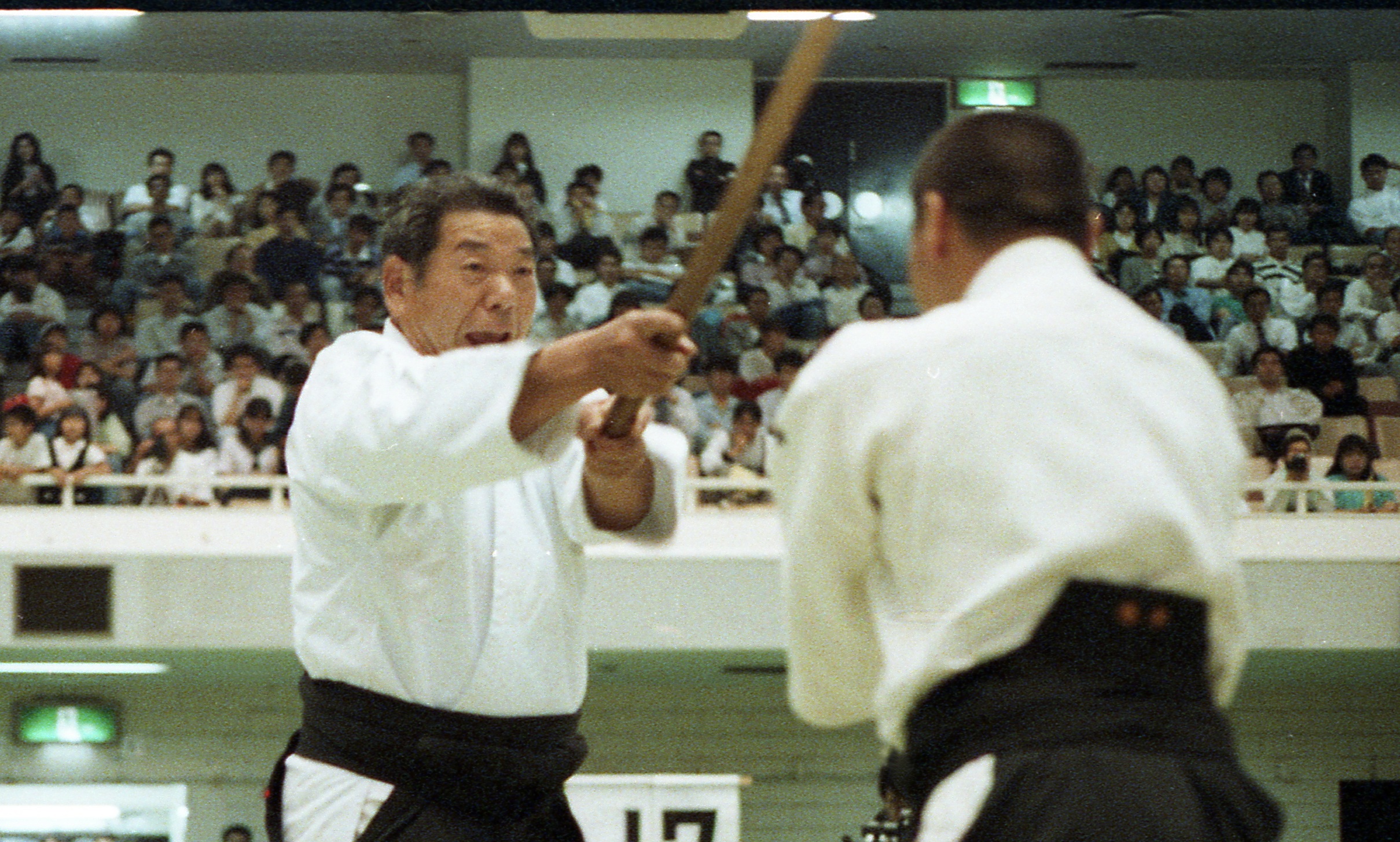
I moved with my family back to the United States in late 1996. Ironically, I was still able to see Saito Sensei with about the same frequency as when I was living in Japan. I would make 3-4 visits a year to Japan and usually be able to see him on those trips. Sensei also came several times to the USA to teach and I was able to meet him on most of those occasions as well.
Two of the seminars he taught in the the USA took place in Denver, Colorado in 1997 and 1999. Saito Sensei was hosted by Gaku Homma Sensei of the Nippon Kan. Homma Sensei had spent a short time in Iwama as a teenager and regarded his contact with O-Sensei and Saito Sensei as among his most valuable life experiences. I think these events were a way for Homma Sensei to express his profound gratitude.
Homma Sensei is a master organizer and these huge events attended by more than 300 people went off like clockwork. As usual, Sensei captivated his audience with his amiable manner, technical precision and virtuosity. He also had a habit of finishing off such seminars with an exciting demonstration and did so on these occasions too.
Sensei’s last seminar in the USA was a large affair in September 2000 in northern California. It was sponsored by Hans Goto with the cooperation of Dennis Tatoian and also attracted over 300 persons.
Last appearance at the All-Japan Aikido Demonstration
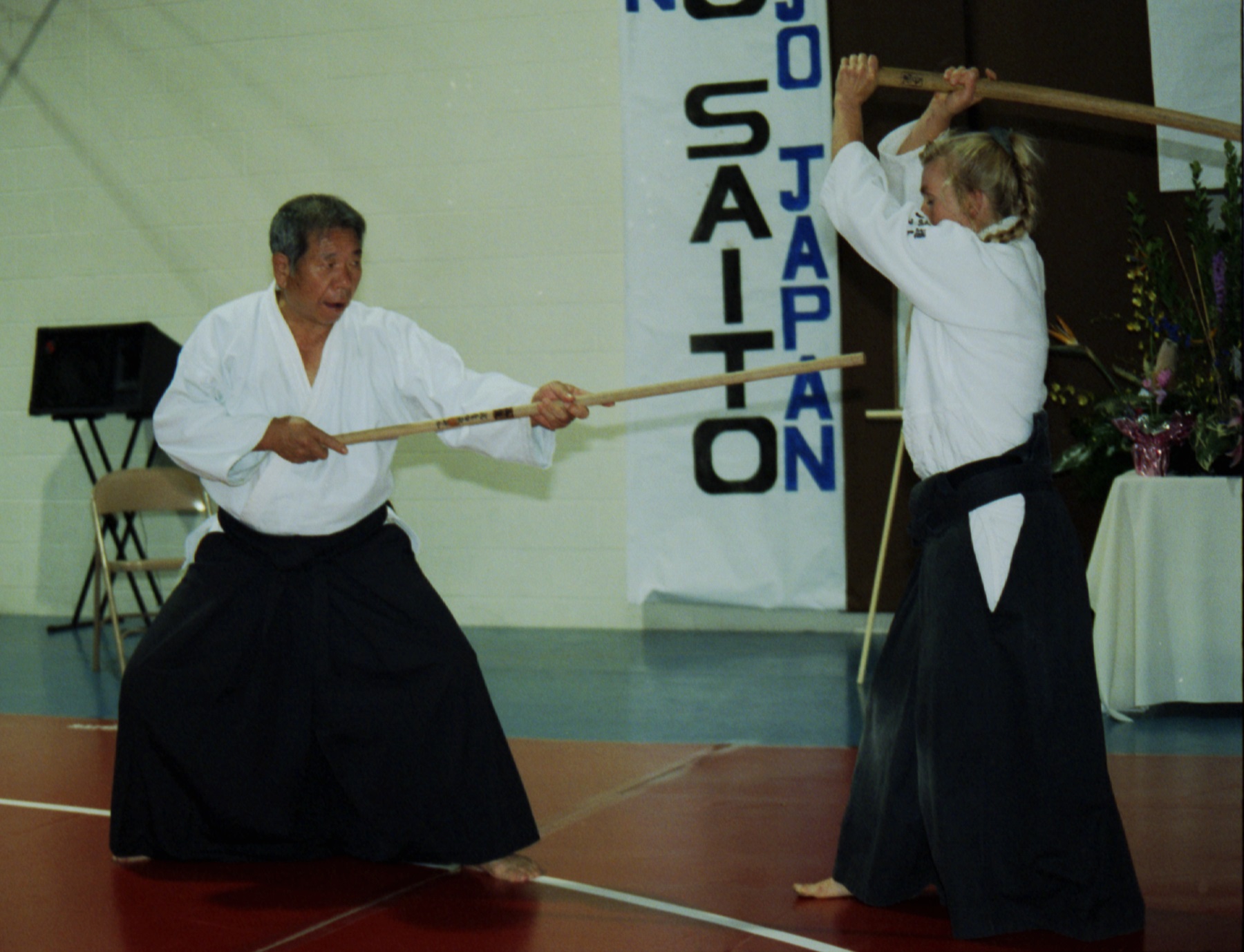
The last time I saw Saito Sensei perform was at the 2001 All-Japan Aikido Demonstration at the Nippon Budokan in Tokyo held in May. He was not up to his usual par on that occasion as his legs had weakened and he could not stand unassisted. Nonetheless, the audience was very appreciative of his appearance and he received enthusiastic applause.
I recalled seeing him in so many earlier demonstrations when his performances were among the highlights of the events. For example, the 1978 demonstration where Shigemi Inagaki and Bruce Klickstein, two of Sensei’s strongest deshi, served as his uke was a tour de force. Sensei executed an explosive series of irimi techniques and was the personification of power and poise. The audience loved it, but Inagaki-san suffered a shoulder separation that day.
There was another demonstration, I think in the early 1990s, where Sensei just executed the basics of ikkyo through yonkyo to perfection. It was perhaps as much of a political statement as it was a demonstration of technique and I think the audience understood Sensei’s intent. It was as if he was uttering the simple statement in front of 5,000 people, “Back to basics, folks. Learn them and there is no limit to how far you can take your aikido!”
Sensei also used long-time students Bernice Tom and Pat Hendricks as his uke for memorable weapons demonstrations at two of the later All-Japan events. Sensei was race and gender-blind and from early on would freely use foreign students, including females, in his public demonstrations.
Visiting Tohei Sensei after 30 years
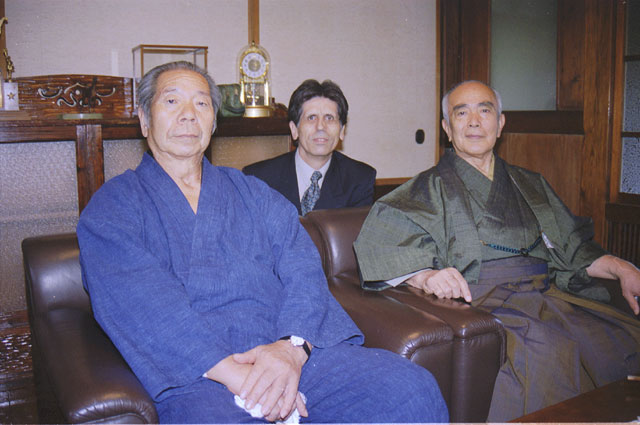
The last opportunity I had to meet Saito Sensei before he became bed-ridden took place on October 29, 2001. This was truly an historic day. His son, Hitohiro Sensei, asked me to attempt to arrange a meeting between Saito Sensei and his old sempai, Koichi Tohei Sensei. Since I had heard Saito Sensei mention many times how Tohei Sensei had been a role model for him in his early years in aikido, I had tried to set up such a meeting a few years earlier while interviewing Tohei Sensei, but the latter declined.
This time, however, Tohei Sensei agreed to the idea and the date was set. I took the train to Iwama in the morning arriving in the early afternoon. Then Hitohiro Sensei drove Saito Sensei, myself and two uchideshi to Tohei Sensei’s country home in Tochigi Prefecture. The meeting was cordial and nostalgic as the two had not met for nearly 30 years. It was a thrilling experience to see two martial arts giants reunited after such a long hiatus and I felt very privileged to be present.
Last visit with Sensei
When Sensei fell ill in January 2002, it soon became apparent that he would not recover. The word spread among his students that time was limited and that those who wanted to pay their respects should do so as soon as possible.
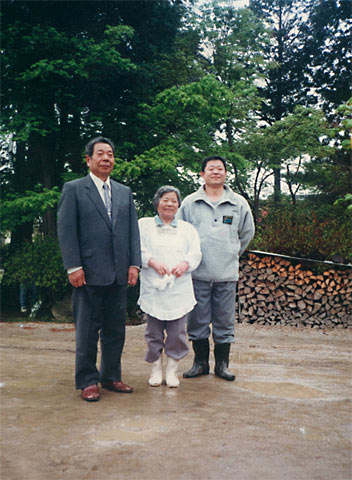
Hitohiro Saito Sensei, Iwama 1992
I last visited him on February 24 with Ikuko Kimura. Although he lay paralyzed in a special hospitable bed set up in his home, he was in good spirits and full of fight. I was quite relieved to see his spiritual strength had not waned. Not knowing what condition I would find him in, I brought along a tape recorder as usual just in case.
Since I suspected he might tire easily, I limited my questions to two so that I would be sure to record his answers for posterity. The two subjects I asked him about were, first of all, the circumstances leading to Saito Sensei being given a plot of land on Ueshiba property to build his home. Secondly I asked him to talk about the details of the proposal made by Gozo Shioda Sensei in the mid-1980s that Saito Sensei become the former’s successor at the Yoshinkan, something known only to a few people.
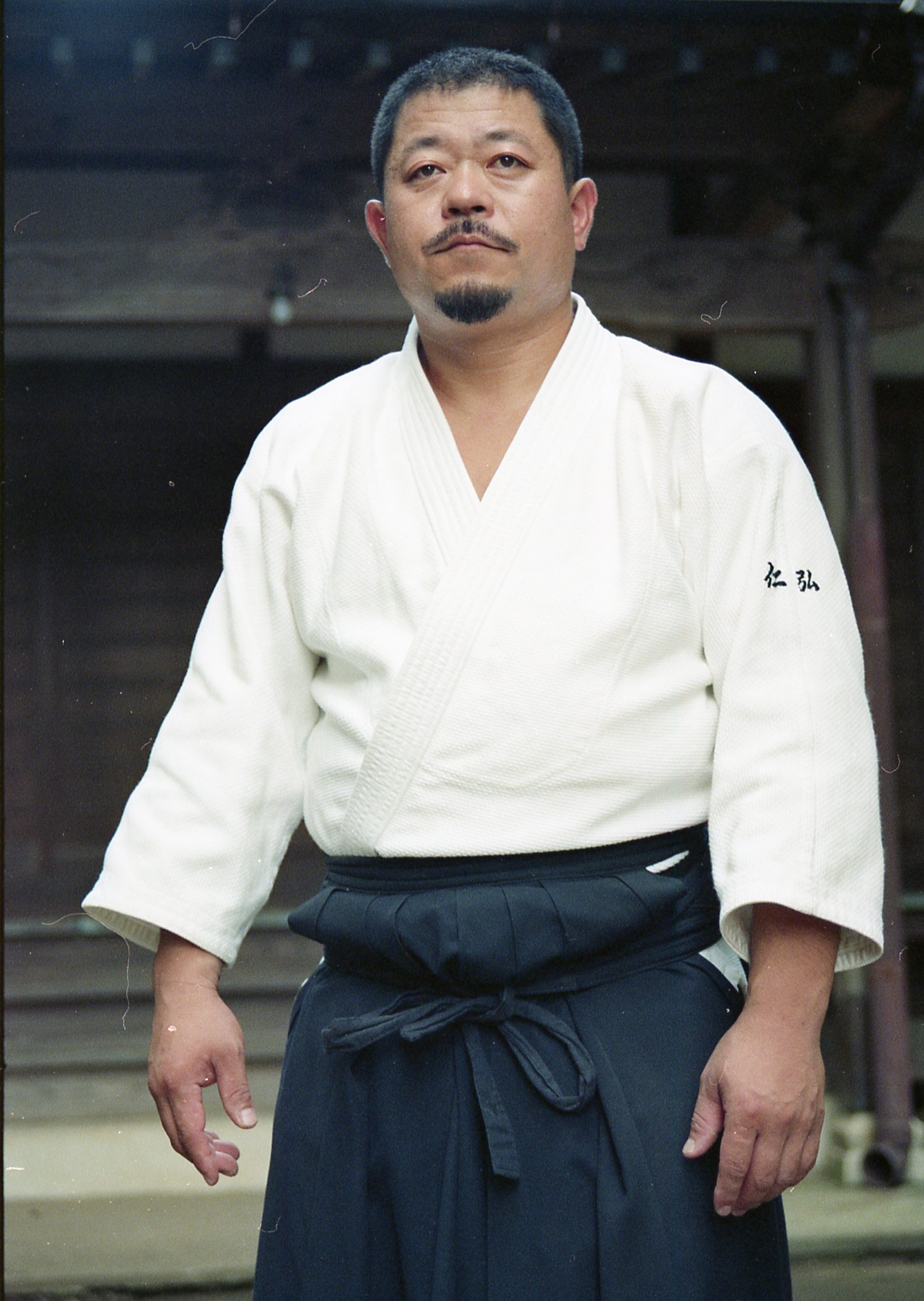
Sensei gave detailed answers to both questions but I could see he was tiring so we left after spending a little over an hour. When we got up to leave Sensei wished me the best of luck with the upcoming Aiki Expo. Then, he grabbed my hand with his left hand and simply said, “Pranin-san, thank you.” That was the last time I saw him.
In pulling together materials to write this remembrance of Saito Sensei, I discovered an old unedited audio tape from 1985 that was recorded on our visit to England. Sensei is relaxing after dinner with a group of students and Ikuko Kimura and I are present. His booming voice and laughter can be heard over and over again and his enthusiasm is infectious. I felt very happy listening just as though Sensei were in the room with me.
Sensei’s son and successor
In the last years of his life Sensei’s health went into a gradual decline. Little by little, his son Hitohiro began to take over his father’s duties. Hitohiro Sensei is an extremely talented aikidoka who began training under the founder and his father as a child. He is a gifted instructor in his own right and has traveled extensively abroad. Hitohiro Sensei has also shown a great interest in O-Sensei’s spiritual studies and as had frequent contact with Seiseki Abe Sensei in Osaka, one of the most knowledgeable people in this area.
There is no doubt in my mind that Hitohiro Sensei will make a fine successor to his father and show the light to the further development of Iwama Aikido worldwide.
Stanley Pranin
Las Vegas, Nevada, USA
May 31, 2002
This is the third and final part of a three-part tribute to Morihiro Saito. You may read the first part of the tribute here and the second part here.




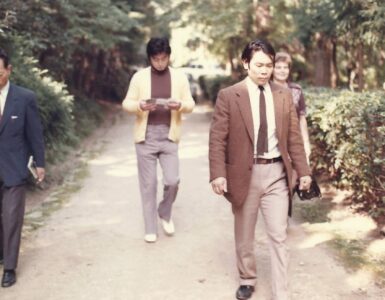
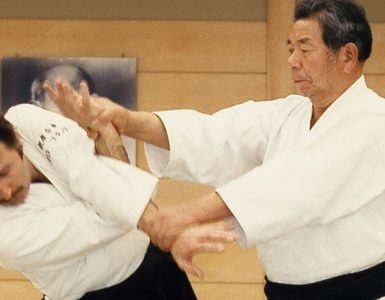







Add comment